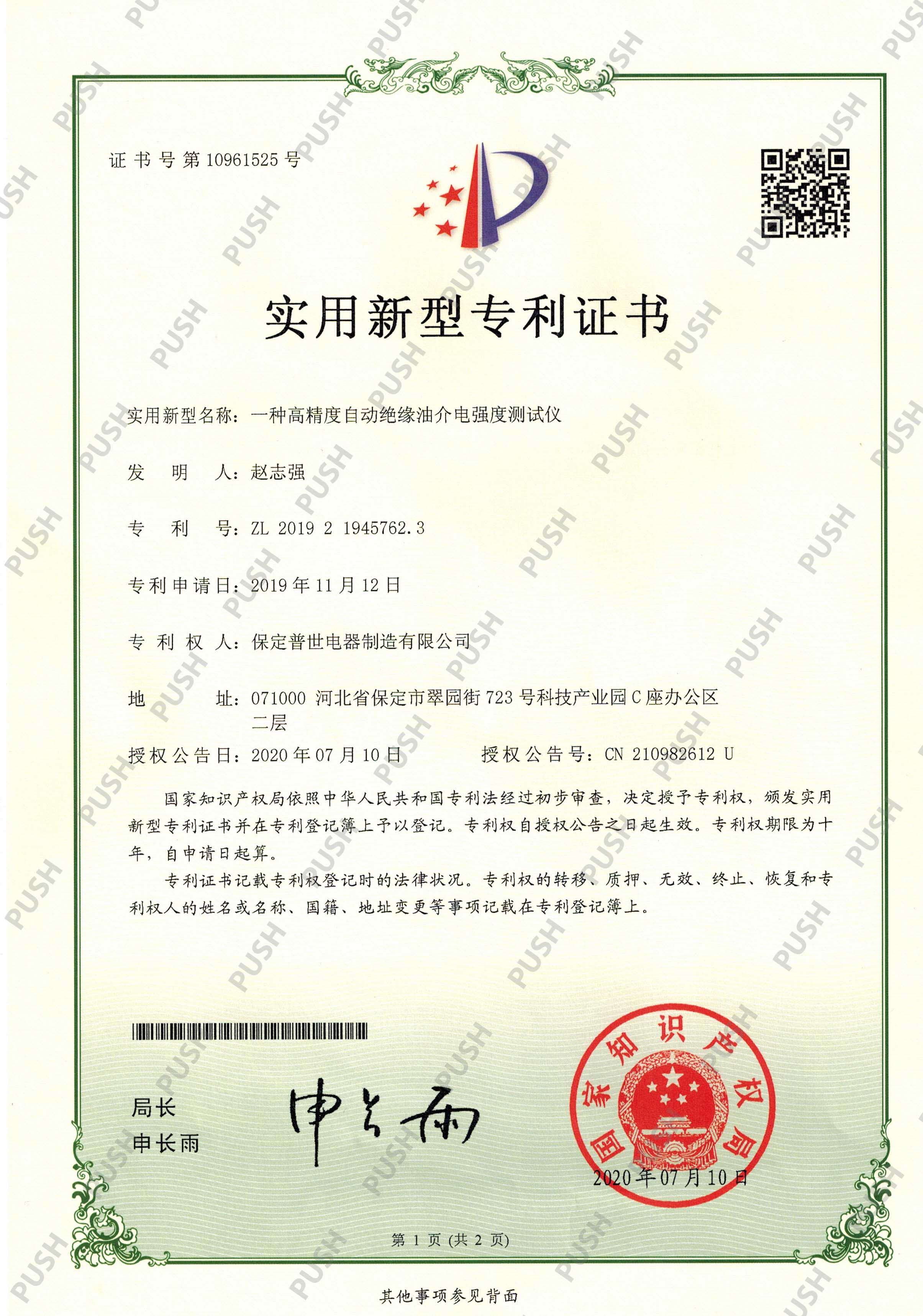 English
English


Design and Operation of a Solvent Recovery and Distillation Facility for Industrial Applications
Solvent Distillation Plant An Essential Element in Chemical Processing
In the realm of chemical processing, a solvent distillation plant plays a pivotal role in the recovery and purifying of solvents used in various industrial applications. Solvents are frequently utilized across numerous industries, including pharmaceuticals, petrochemicals, coatings, and adhesives. However, their efficient management and recycling are crucial, both for economic and environmental reasons. A solvent distillation plant is designed to ensure that solvents can be reclaimed and reused, minimizing waste and reducing costs.
Functionality of a Solvent Distillation Plant
The primary function of a solvent distillation plant is to separate solvents from contaminants through the process of distillation. This involves heating the contaminated solvent mixture to create vapor, which is then condensed back into liquid form. The key to this process lies in the difference in boiling points of the various components in the mixture. By carefully controlling temperature and pressure, the plant can selectively evaporate the desired solvent while leaving behind impurities and other unwanted substances.
One of the first steps in the operation of a solvent distillation plant is the pre-treatment of the solvent mixture, which may include filtration or chemical treatment to remove large particulates and reduce the load on the distillation unit. Following this, the feed is heated in a distillation column equipped with trays or packing, which enhances the contact between the vapor and liquid phases, promoting the separation process.
Efficiency and Sustainability
Modern solvent distillation systems are designed with efficiency and sustainability in mind. Advanced technologies such as multi-effect distillation and vacuum distillation are often employed to lower energy consumption and improve recovery rates. Furthermore, many plants incorporate heat exchange systems to utilize waste heat from the distillation process for pre-heating incoming materials, thereby enhancing overall energy efficiency.
solvent distillation plant

Sustainability is an increasingly important aspect of chemical manufacturing, and solvent distillation plants contribute significantly to reducing the environmental impact of solvent use. By facilitating the recycling of solvents, these plants help to decrease the volume of hazardous waste generated, thus minimizing the ecological footprint of industrial operations. Additionally, by recovering valuable solvents, companies can reduce their reliance on virgin materials, leading to cost savings and reduced resource consumption.
Operational Challenges
Despite their critical role, solvent distillation plants may face several operational challenges. Variations in feed composition can impact distillation efficiency, requiring constant monitoring and adjustment of process parameters. Moreover, the presence of azeotropes—mixtures that have a constant boiling point—can complicate the separation of components. To address these challenges, operators often rely on sophisticated control systems and modeling techniques to optimize the distillation process.
Safety is another important consideration in the design and operation of solvent distillation plants. Many solvents are flammable or toxic, necessitating stringent safety measures. This includes robust containment systems, proper ventilation, and emergency response protocols to manage any potential leaks or spills.
Conclusion
In summary, a solvent distillation plant is an essential component of the chemical processing industry, offering a sustainable solution for solvent management. By efficiently reclaiming and purifying solvents, these plants not only contribute to economic savings but also play a vital role in minimizing environmental impact. As technology advances, the capabilities and efficiencies of solvent distillation plants will continue to improve, ensuring their relevance in a rapidly changing industrial landscape. The investment in such facilities reflects a commitment to responsible resource management and a step towards a more sustainable future in chemical manufacturing.
-
Differences between open cup flash point tester and closed cup flash point testerNewsOct.31,2024
-
The Reliable Load Tap ChangerNewsOct.23,2024
-
The Essential Guide to Hipot TestersNewsOct.23,2024
-
The Digital Insulation TesterNewsOct.23,2024
-
The Best Earth Loop Impedance Tester for SaleNewsOct.23,2024
-
Tan Delta Tester--The Essential Tool for Electrical Insulation TestingNewsOct.23,2024





